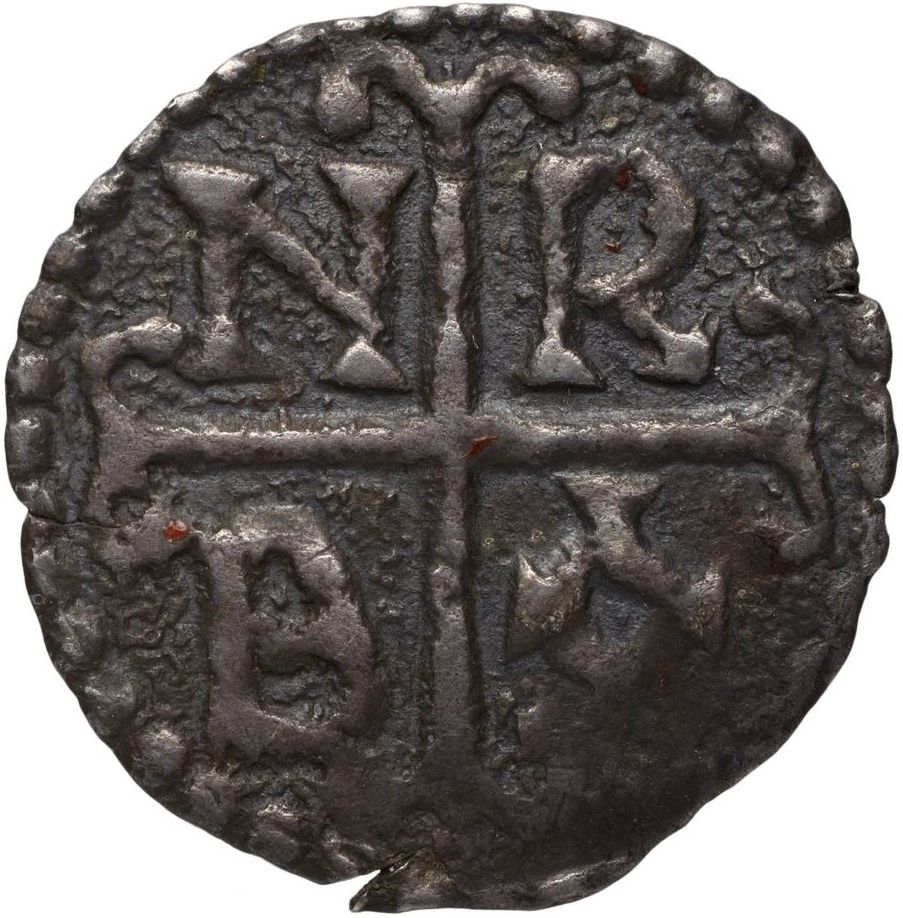Narbonne, County of Denier - Milo
Introduction
The Denier Milo is a significant coin minted in the County of Narbonne between 759 and 791. This silver coin holds historical and numismatic importance due to its unique design elements and the era it belongs to.
Historical Background
The County of Narbonne, located in present-day southern France, issued the Denier Milo during a crucial period in European history. The coinage reflects the political and economic landscape of the region during the late 8th century.
Design Features
The obverse of the Denier Milo showcases a cross with pellets at its ends and letters in the angles, symbolizing religious and cultural influences of the time. On the reverse, a hooked cross with letters in the angles provides a distinctive and intricate design that sets this coin apart.
Technical Specifications
Weighing 1.14g, the Denier Milo is composed of silver, adding to its allure for collectors and historians alike. The coin's small size and precise details make it a remarkable piece of medieval numismatics.
Collectible Value
Due to its historical significance and unique design, the Narbonne County Denier Milo holds a notable place in the world of coin collecting. Its rarity and connection to a specific period make it a desirable addition to any collection. Market values for this coin can vary based on condition and availability, with well-preserved specimens commanding higher prices.
Conclusion
In conclusion, the Denier Milo from Narbonne County is a captivating coin that offers a glimpse into the past through its intricate design and historical context. Collectors and enthusiasts value this silver coin for its uniqueness and contribution to the numismatic heritage of the region. Acquiring a Denier Milo allows individuals to own a piece of history and appreciate the craftsmanship of medieval coinage.
Coin Images
 Obverse
Obverse
 Reverse
Reverse

